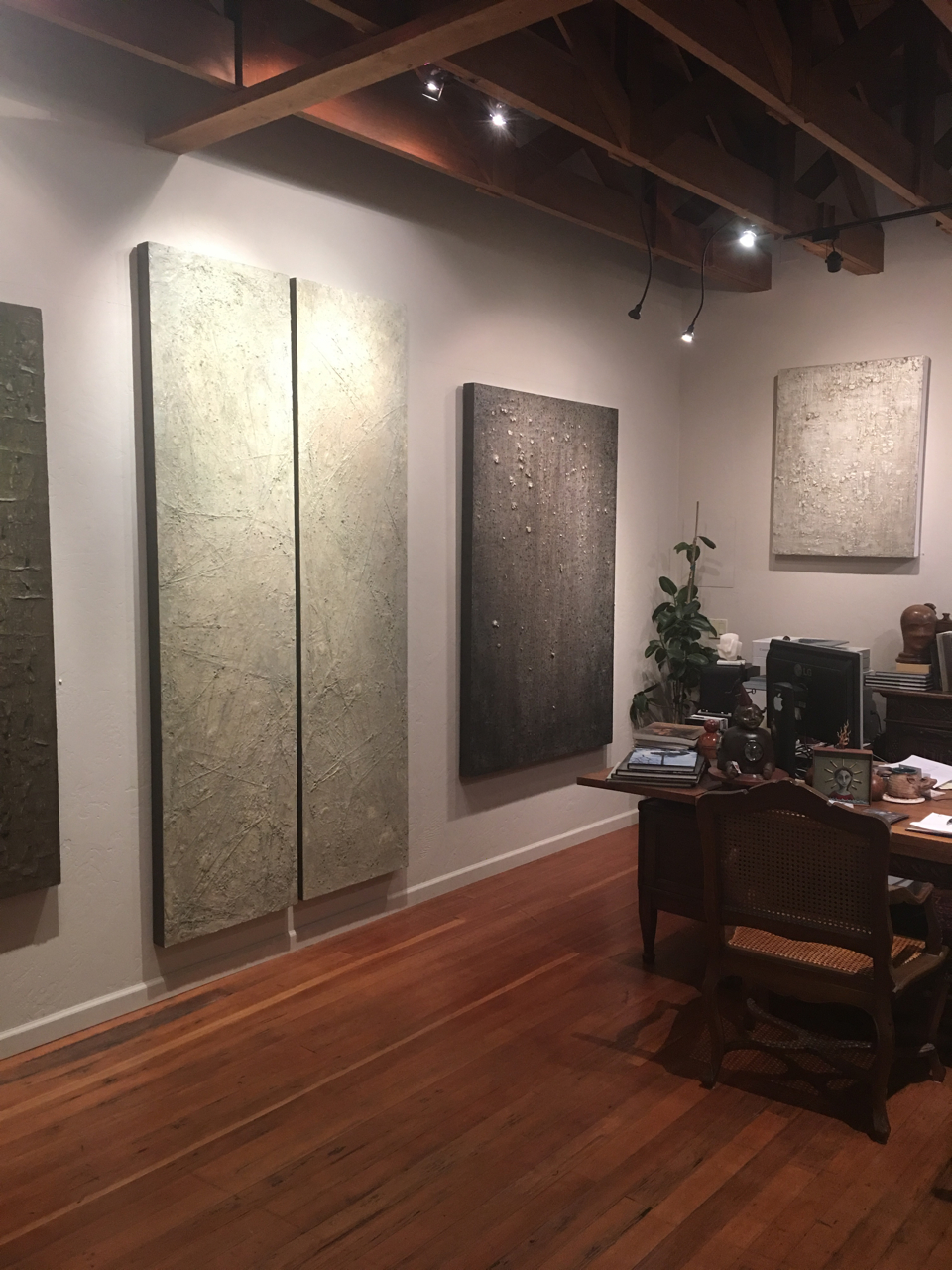
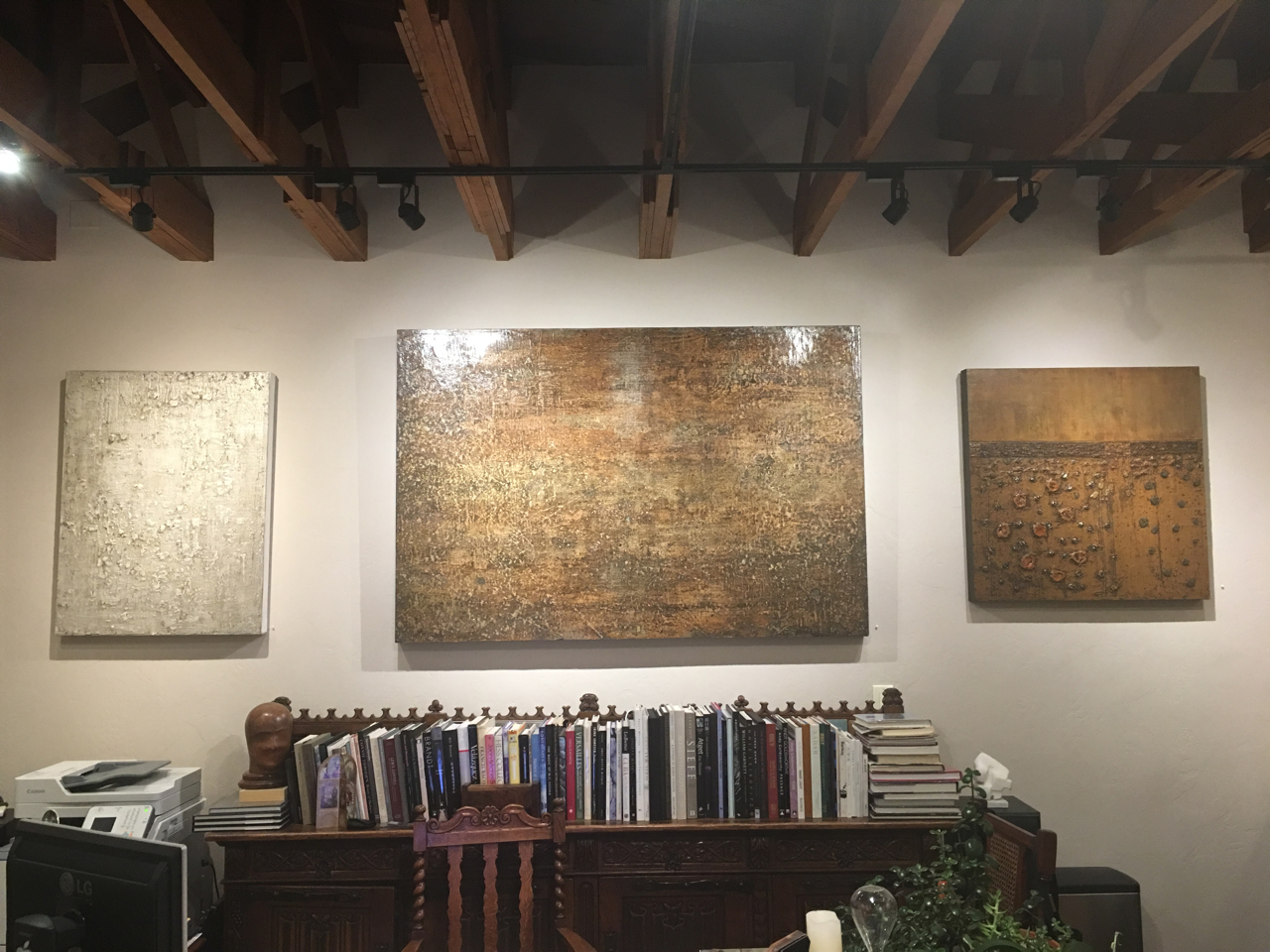

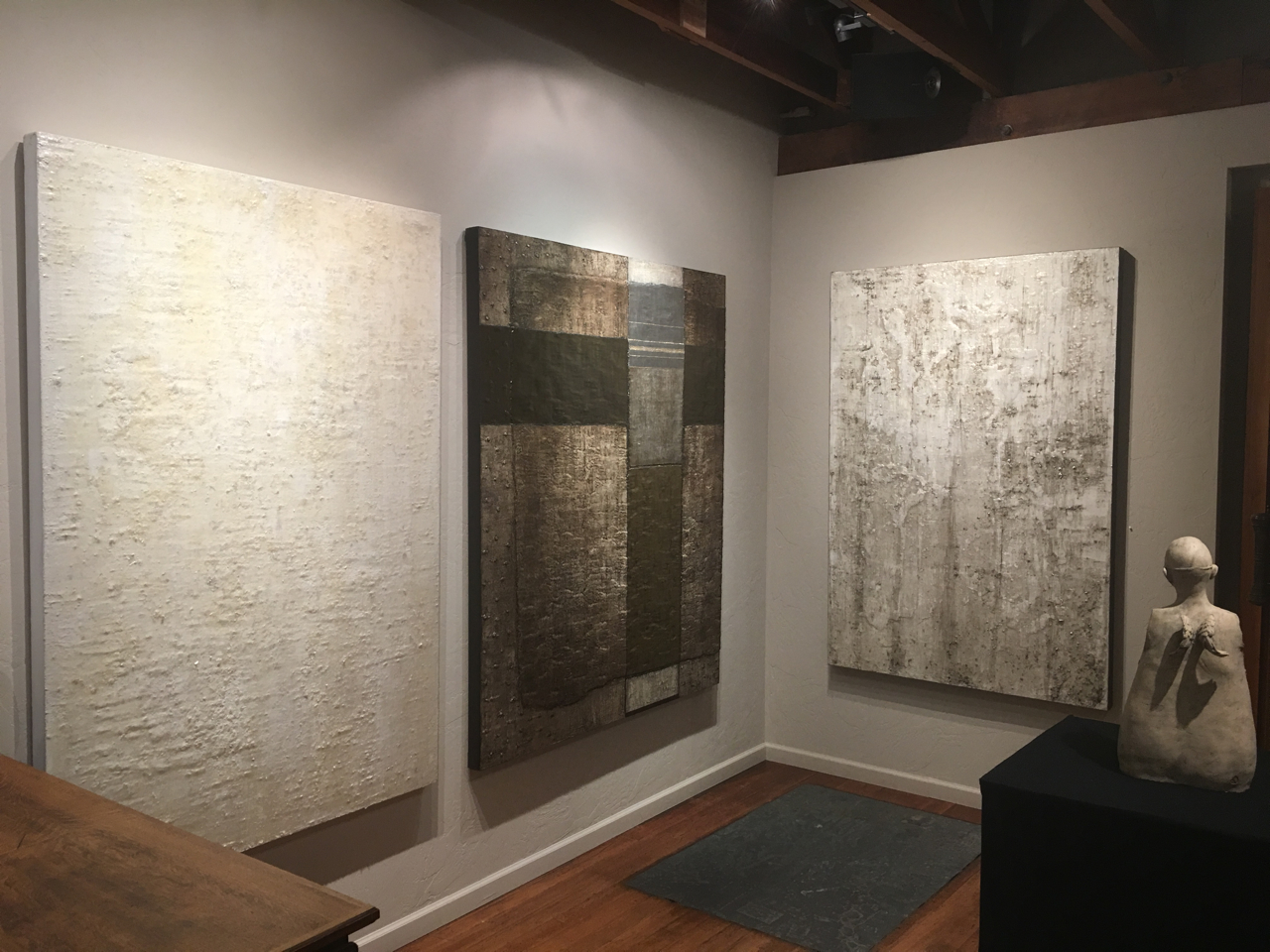
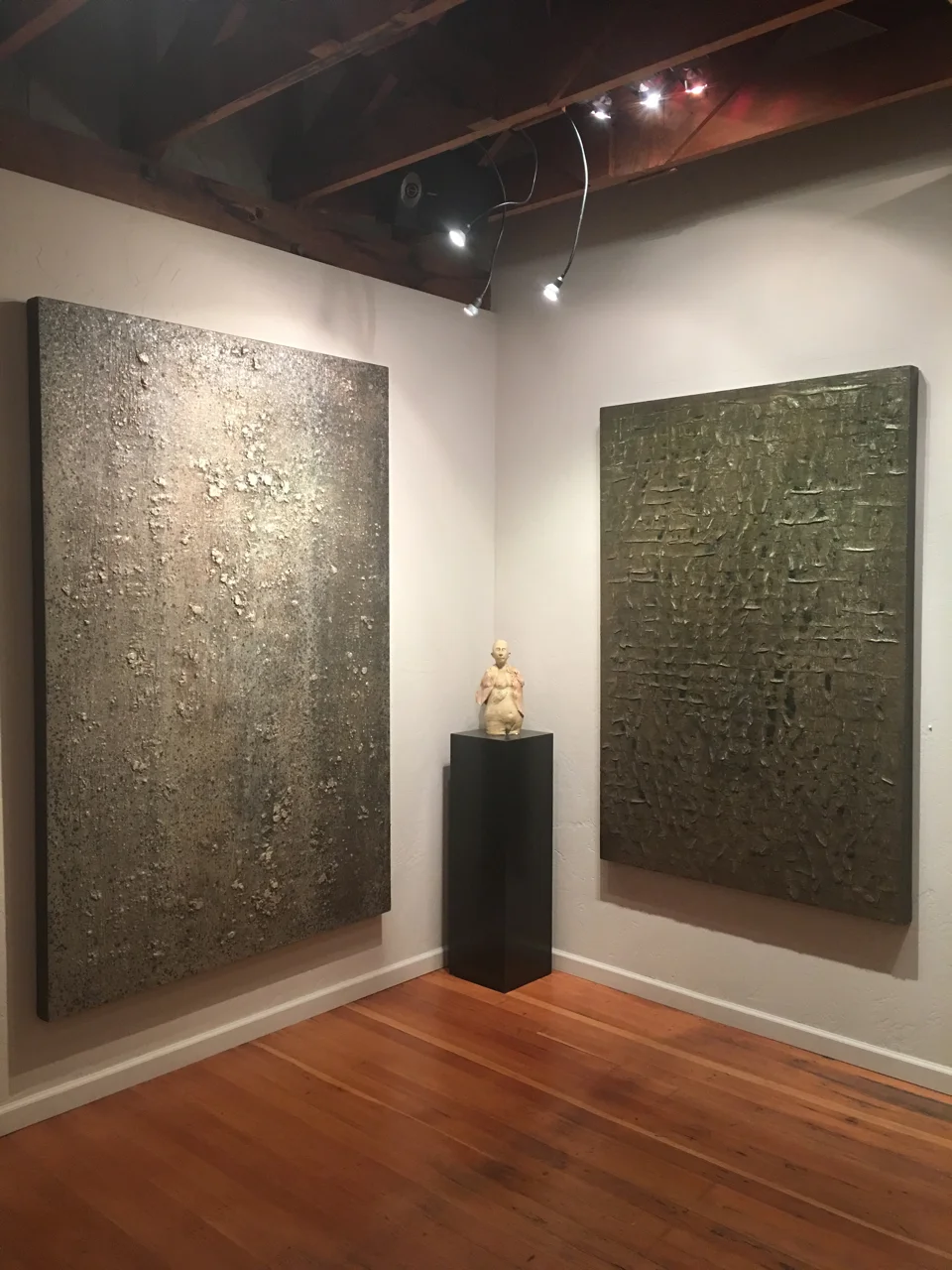
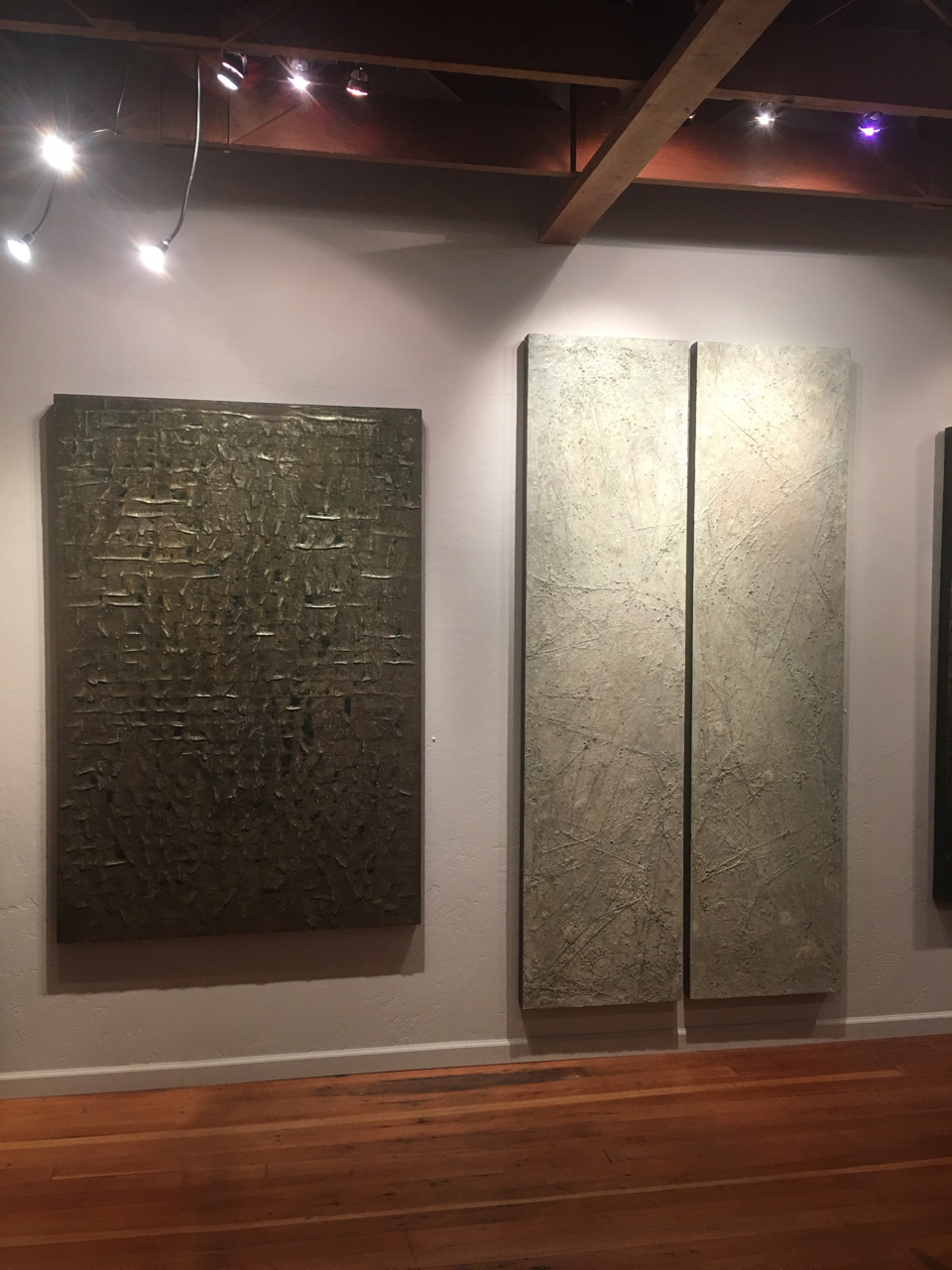
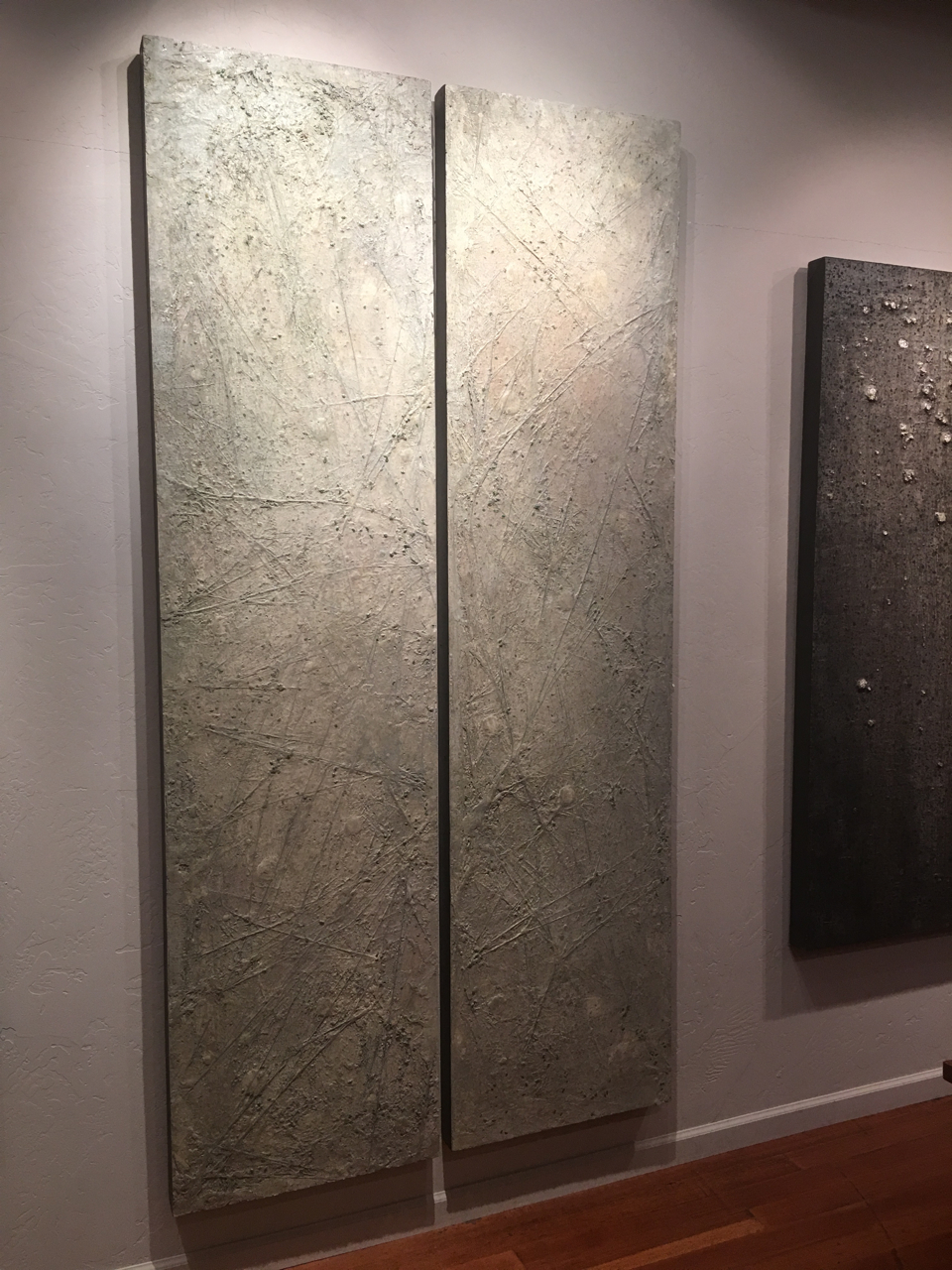
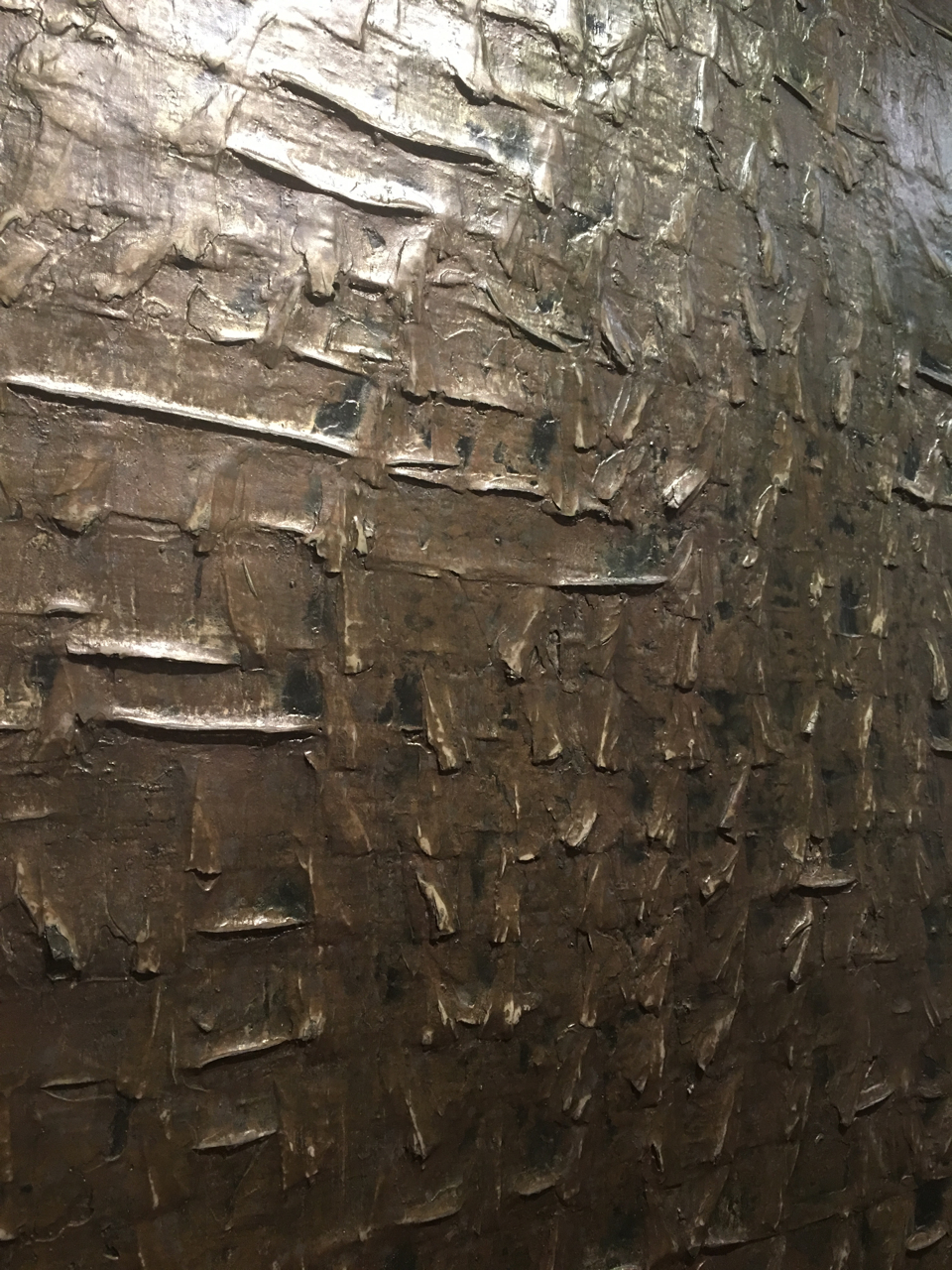
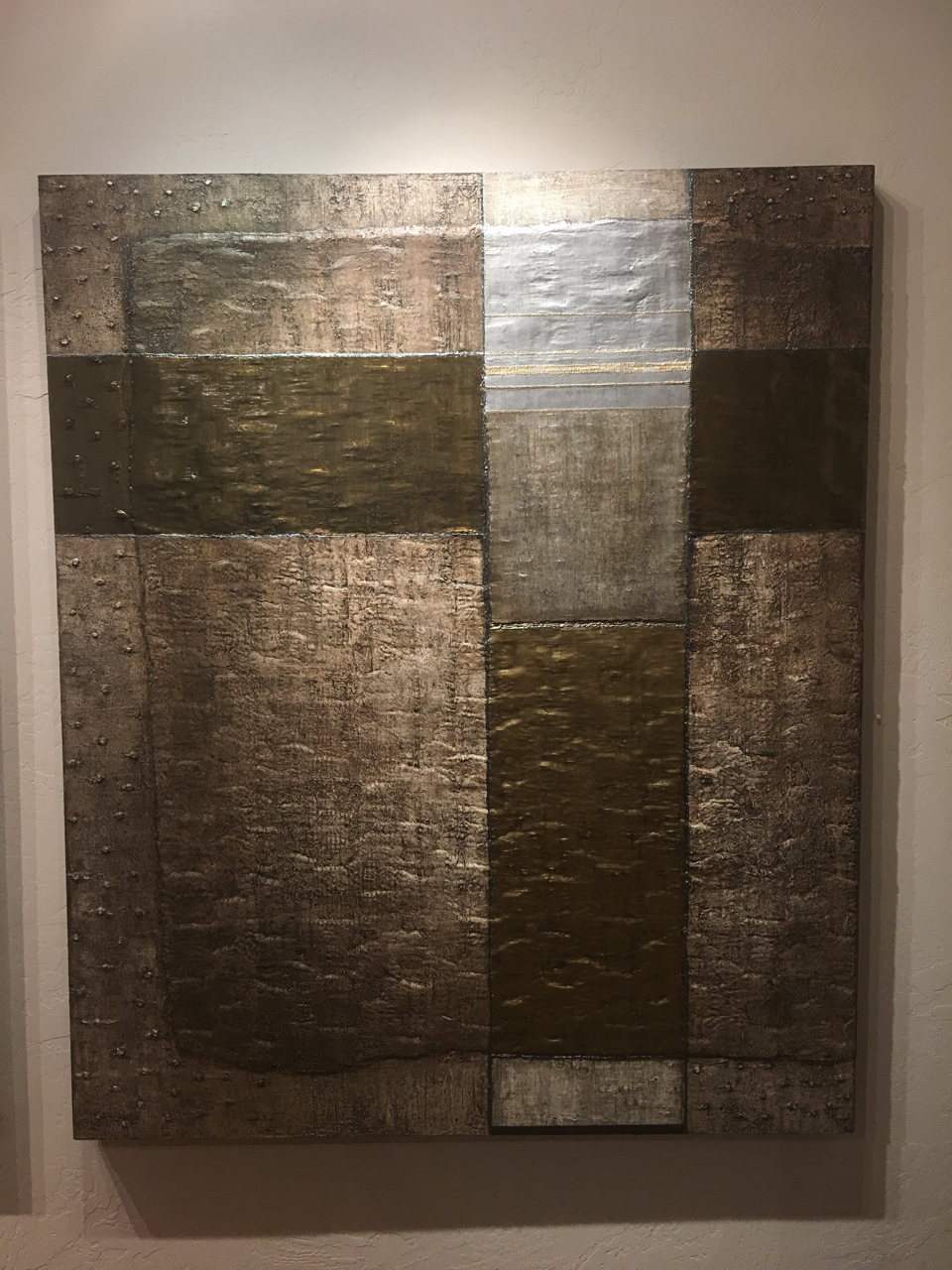
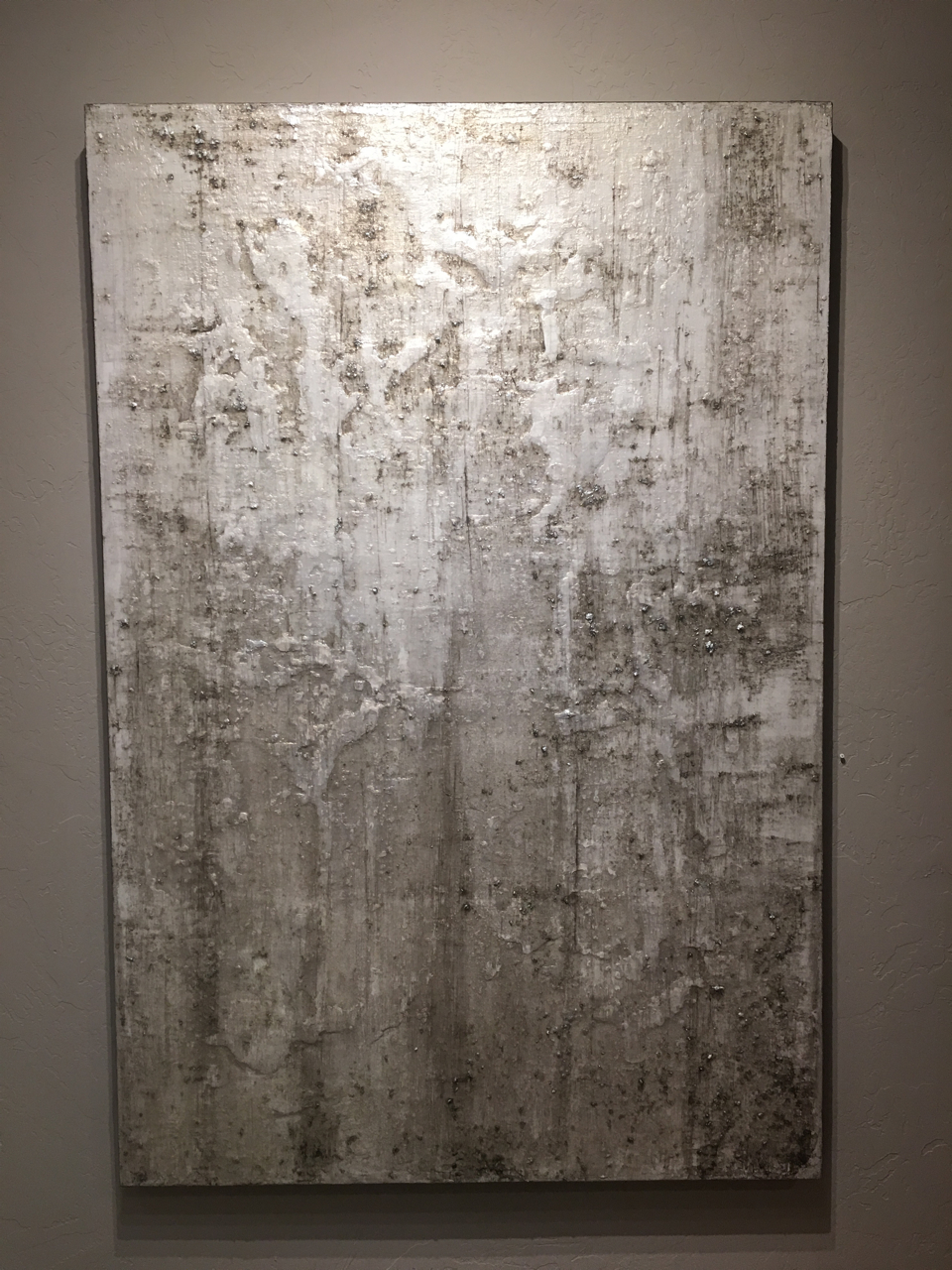
Your Custom Text Here
The Dis Ducibus show is dedicated to Michael & Janet Verlander, without whom this exhibition would not have been possible.
Little needs to be said about the meaning of Stephanie Gardner's current work. Perhaps all it asks for is a conjecture of what might lie behind her foray into this new orbit of creativity. Like the artistic shamans of culture, her recent leap seems to reflect, an only partly conscious movement of the cultural zeitgeist in the 21st century: a spiritual need to return to simplicity, organic integration, and peace. If it succeeds, it may push open a new door of perception.
This departure is subtle in its view of the visual world by refusing to accept that the world is composed of separately delineated "things", but rather, just one extensive continuum, interrupted in places here and there by discontinuities, where the subtle forms fuse and blend as parts of a wider whole. Gardner's new work offers a feeling of openness, peace and speaks to us more unconsciously than through the ego. As such, it may reflect her personal spiritual journey towards greater enlightenment; synchronistic outer creations that underline, point toward, affirm and more clearly illuminate her emerging inner experience.
In contrast to her previous work, there is little to which the ego can, or needs, to relate. As a result, one can appreciate and feel moved by the new work through an egoless, meditative-like state of simply being present with it. Like an archetypal dream, this work requires no interpretation, just the phenomenological experience reflected in her inner vision, no more, no less. Like nature, it speaks for itself; it is its own meaning whether or not the ego understands—that is what gives this work its archetypal quality. Ultimately, it does not matter what we think or believe about it, but only that we have a deep emotional response to it.
To grasp this work, one only needs to be quiet, be present in the moment, and say little.
Dr Loren E. Pedersen PhD.
The Dis Ducibus show is dedicated to Michael & Janet Verlander, without whom this exhibition would not have been possible.
Little needs to be said about the meaning of Stephanie Gardner's current work. Perhaps all it asks for is a conjecture of what might lie behind her foray into this new orbit of creativity. Like the artistic shamans of culture, her recent leap seems to reflect, an only partly conscious movement of the cultural zeitgeist in the 21st century: a spiritual need to return to simplicity, organic integration, and peace. If it succeeds, it may push open a new door of perception.
This departure is subtle in its view of the visual world by refusing to accept that the world is composed of separately delineated "things", but rather, just one extensive continuum, interrupted in places here and there by discontinuities, where the subtle forms fuse and blend as parts of a wider whole. Gardner's new work offers a feeling of openness, peace and speaks to us more unconsciously than through the ego. As such, it may reflect her personal spiritual journey towards greater enlightenment; synchronistic outer creations that underline, point toward, affirm and more clearly illuminate her emerging inner experience.
In contrast to her previous work, there is little to which the ego can, or needs, to relate. As a result, one can appreciate and feel moved by the new work through an egoless, meditative-like state of simply being present with it. Like an archetypal dream, this work requires no interpretation, just the phenomenological experience reflected in her inner vision, no more, no less. Like nature, it speaks for itself; it is its own meaning whether or not the ego understands—that is what gives this work its archetypal quality. Ultimately, it does not matter what we think or believe about it, but only that we have a deep emotional response to it.
To grasp this work, one only needs to be quiet, be present in the moment, and say little.
Dr Loren E. Pedersen PhD.